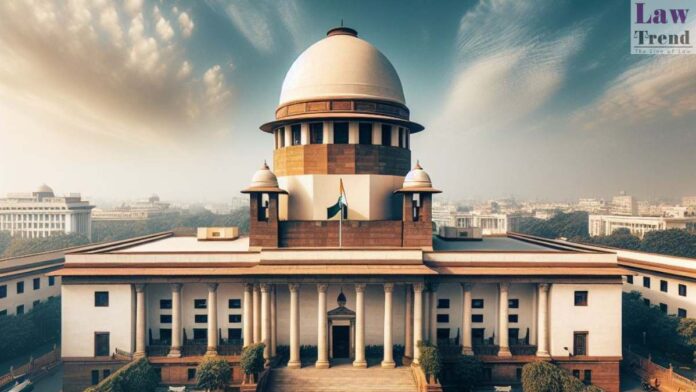In a major step to enhance judicial accountability and transparency, the Supreme Court on Wednesday directed all High Courts across the country to set up dashboards on their official websites displaying data on reserved judgements, delivered verdicts, and the dates of their upload.
A bench of Justices Surya Kant and Joymalya Bagchi, expressing concern over long delays in pronouncement of verdicts even after hearings had concluded, said the information must be made public. “Let everyone know how many judgements were reserved, in how many cases orders were passed and on which date the decision was uploaded on the High Court website,” Justice Kant remarked. Justice Bagchi concurred, observing that such a public dashboard would “reflect the accountability of the judiciary towards the people.”
The matter originated from a plea filed by several death row and life convicts through advocate Fauzia Shakil, who alleged that the Jharkhand High Court had failed to pronounce judgements for years after reserving them. Following the Supreme Court’s intervention, the Jharkhand High Court subsequently delivered verdicts in those cases, acquitting most of the appellants. Encouraged by this development, other convicts in Jharkhand prisons approached the top court with similar grievances, prompting the bench to widen the scope of the case and seek data from all High Courts on delayed judgements.

During Wednesday’s hearing, Shakil, who has been appointed amicus curiae, informed the bench that seven High Courts—Allahabad, Punjab and Haryana, Patna, Jammu & Kashmir and Ladakh, Kerala, Telangana, and Gauhati—had not yet submitted their data. Taking a stern view, the bench directed these High Courts to file their reports within two weeks, failing which their Registrar Generals must appear personally before the Court on the next date of hearing.
The bench also instructed all High Courts to suggest ways to improve the dissemination of judicial information to the public and to flag any apprehensions regarding the publication of data. Justice Kant clarified that the dashboard would not disclose party-specific details but only aggregate figures—such as the number of cases where judgements were reserved, those in which verdicts were delivered, and the corresponding upload dates.
The directive follows a series of strong observations from the Supreme Court on judicial delays. On September 22, the bench had expressed concern that some High Court judges were failing to “deliver on their tasks,” suggesting the need for a system of performance evaluation. Justice Kant had then remarked that certain judges had a tendency to “adjourn cases unnecessarily,” warning that such practices could tarnish the judiciary’s image.
Earlier, on August 8, the top court had suggested that Jharkhand High Court judges take leave to write pending verdicts after noting that 61 cases remained undecided. Similarly, on May 13, the Court had even called for a performance audit of High Court judges, citing complaints about frequent, unnecessary breaks.
By mandating dashboards displaying the status of reserved and delivered judgements, the Supreme Court has taken a crucial step toward ensuring judicial transparency. The move is expected to make the functioning of High Courts more accountable and allow the public to track the timeliness of decisions—an issue the top court has repeatedly described as “going to the root of the criminal justice system.”







